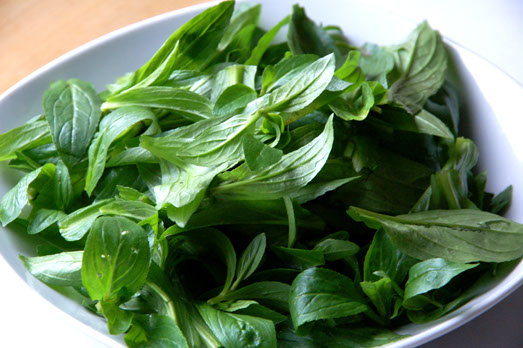Iceplant benefits
3 min read
If you have ever taken a long road trip, you may have seen Ice Plant dominating the median and wooded areas along the highway. Ice plant is a derivative of the commonly known Kudzu plant. These plants were once introduced for a noble reason, but quickly got out of control. The good news for us is that the Ice Plant is a great source of nutrition and can actually be used to help control your entire garden. Let’s find out more about this nuisance plant that will quickly become a delicious friend.
What is it?
Ice Plant is attractive, with fleshy green leaves covered with small fibers, causing them to sparkle like ice covered greens in the sun, which is where the name comes from. It features bright yellow, pink, or white flowers, and edible fruit commonly made into jam in South Africa. The leaves sometimes turn red or yellow in the fall. It also became a popular garden plant, and some continue to grow it for decorative purposes today, much like ivy. Ice Plant is a succulent native to South Africa, but common in chaparral habitats around the world.
History
Though it was once grown in California, Australia, the Mediterranean as a decorative plant, it has become more commonly known as an invasive species and a threat to native vegetation. Ice plant was first introduced to California in the early 20th century when it was used to stabilize soil along railroad tracks. There are other forms of this plant which are popular in Asian regions that are also used in the same way, to help control erosion.
Health Benefits
Various regions around the world use Ice Plant, as well as its cousin Kudzu, to treat different health conditions, including colds, fevers, and even glaucoma. Studies have shown that this plant contains extremely high levels of isoflavones as well as flavonoids and isoflavonoids which are plant metabolites that have a significant effect on human metabolism.
Other, unofficial findings show that the isoflavones in Ice Plant also give it the bulk of its beneficial properties, including anti-inflammatory and estrogenic effects. Other active compounds include sterols and glycosides which have been shown to help with improving cardiovascular health. Ice Plant is also high in Vitamin C. Now that was easier to understand. No matter how you look at this ‘nuisance’ plant, the more you learn about the benefits, the more likely you are to appreciate it.
Fun Fact
Despite the beauty of ice plant, it has become an ecological nuisance in many regions where it is not native. Ice plant has proliferated quickly, harming many native species. Ice plant dominates the areas where it grows, resulting in very low biodiversity and depriving other species of the resources they need to grow, such as soil, nutrients, sunlight, and space. Ice plants reproduce both through fruit, which is produced year round, and through segmentation, meaning that any shoot can put down roots. A single shoot can grow three feet or more in a year. Thus, the invasive nature.
How to Eat
There are a few ways to eat Ice Plant. The first and most common way is to steep it as a tea. Not only does this break down the succulent into its nutrients, it is a great way to begin absorbing the vitamins and minerals. Another way of eating Ice Plant is to serve it as a green in salad. The plant itself doesn’t have much of a taste, similar to Romaine. But it is light and filled with water, so it will highlight any vegetable and flavors you choose to dress it with. Do your bit for the environment and put some Ice Plant on your plate tonight.




